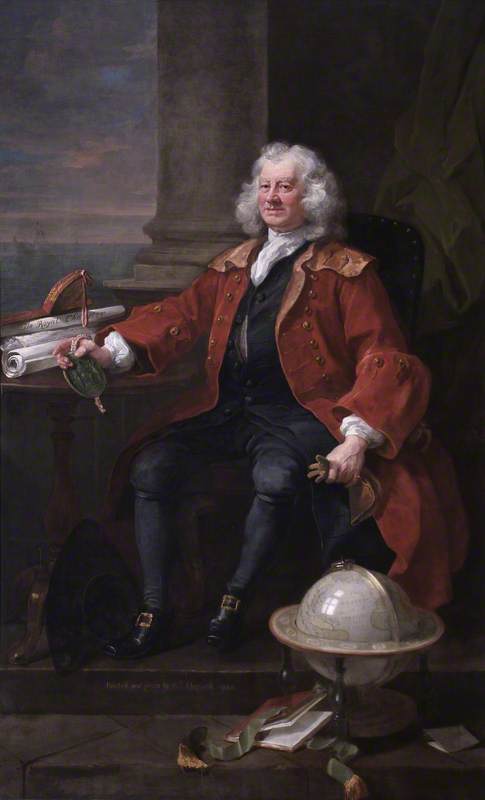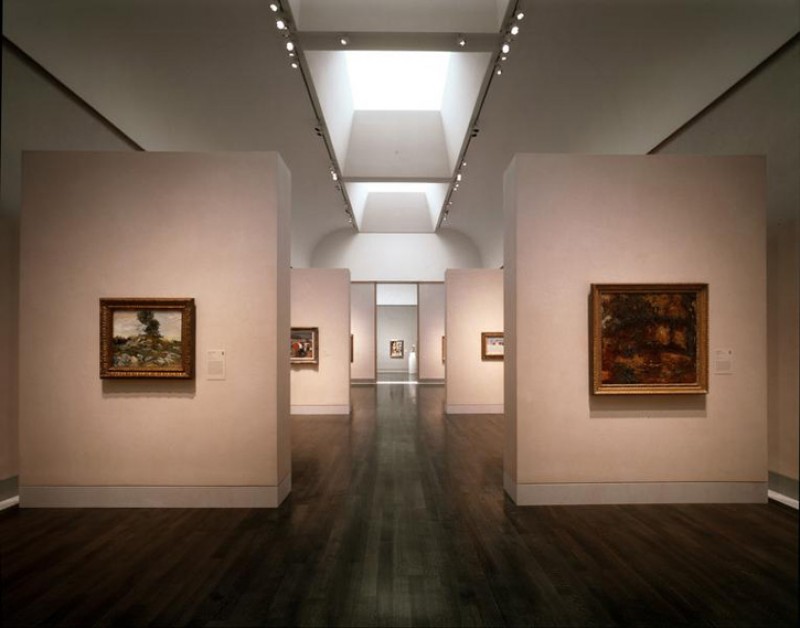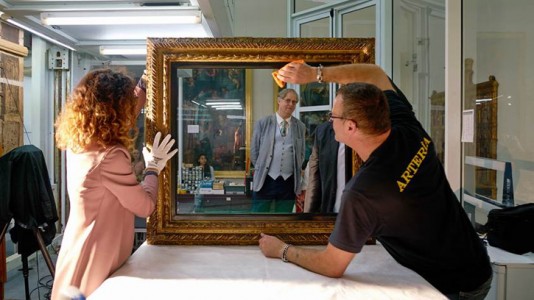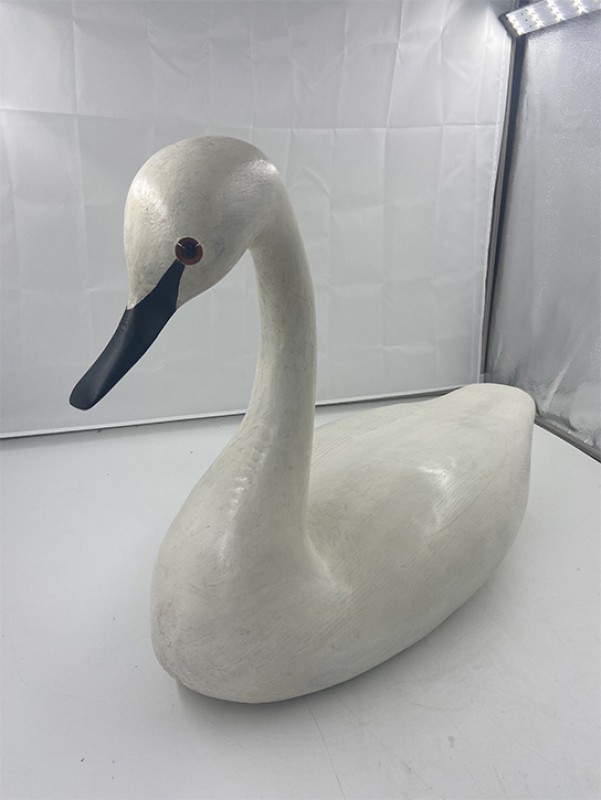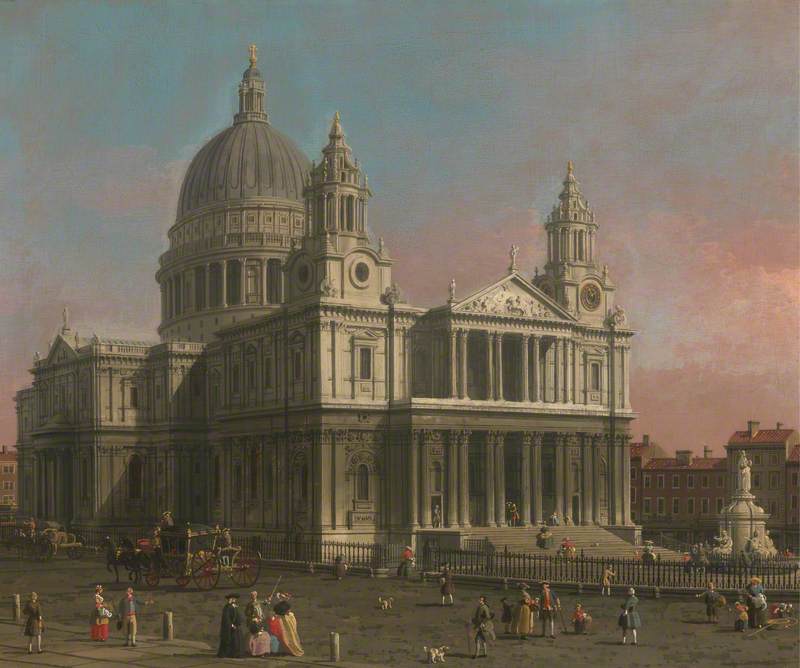What painting from a collection in the UK would I most like to hang in the European galleries of the Museum of Fine Arts in Houston? No doubt about it. Something English, something heroic and larger than life, something by a great national favourite, something witty, affectionate and inspiring. In other words, William Hogarth’s Captain Thomas Coram.
Painted in 1740, Hogarth’s great portrait still hangs in the institution for which it was painted and which Captain Coram founded: The Foundling Hospital in Bloomsbury, London. Hogarth was a founding governor of the Hospital and he donated this painting of its first benefactor. Along the front of the step at the base of the picture he has inscribed: ‘Painted and given by Wm. Hogarth. 1740.’
Thomas Coram was a sea captain. The prominent globe in the foreground has the ‘Western or Atlantick Ocean’ turned towards us and the calm sea with distant shipping under a rosy dawn forms a stagey backdrop. When Coram retired from seafaring in 1720, he was determined to do something about the shocking number of abandoned and dying children he saw on the streets of London, and so he set about providing a home for them. After a campaign which attracted the support of Handel as well as Hogarth, on October 17th 1739, King George II signed a Royal Charter for the creation of the Foundling Hospital in Bloomsbury – and the charter is proudly displayed next to Coram’s right hand.
The manner in which Hogarth shows us the great philanthropist is why this depiction is so memorable and appealing. A dazzling portrait – seated, full-length, in the grand style – is constructed and then gently subverted before our eyes. Coram is no aristocrat. He is an old seadog dressed in a handsome, slightly faded, red coat and milky white cravat, his corpulent figure straining the buttons of his black clothes. His old bandy, seadog legs are short and his feet don’t quite touch the floor; his shabby three-cornered hat lies next to them, somewhat crumpled.
But all this is kindly done. The face, with its halo of flowing white hair, is weather-beaten, but also sympathetic and shrewd. Coram looks not quite at us, but past us, thoughtful and benevolent. He is clearly a determined, no-nonsense individual, but driven by compassion and a kind heart. Hogarth leaves us in no doubt that he is that sort of man. It is the power of a great portrait to convey the personality of its sitter, to speak to us over the centuries about character, integrity and strength.
Above all, this is a stupendous piece of painting, a brilliant virtuoso performance in oil on canvas. In the European collection in Houston, we have many fine portraits, including some excellent British works – but nothing by Hogarth and nothing as magnificent as Captain Thomas Coram. We would love the chance to show him off to our Texan friends.
David Bomford, Chairman of Conservation and the Audrey Jones Beck Curator of European Art at the Museum of Fine Arts, Houston
